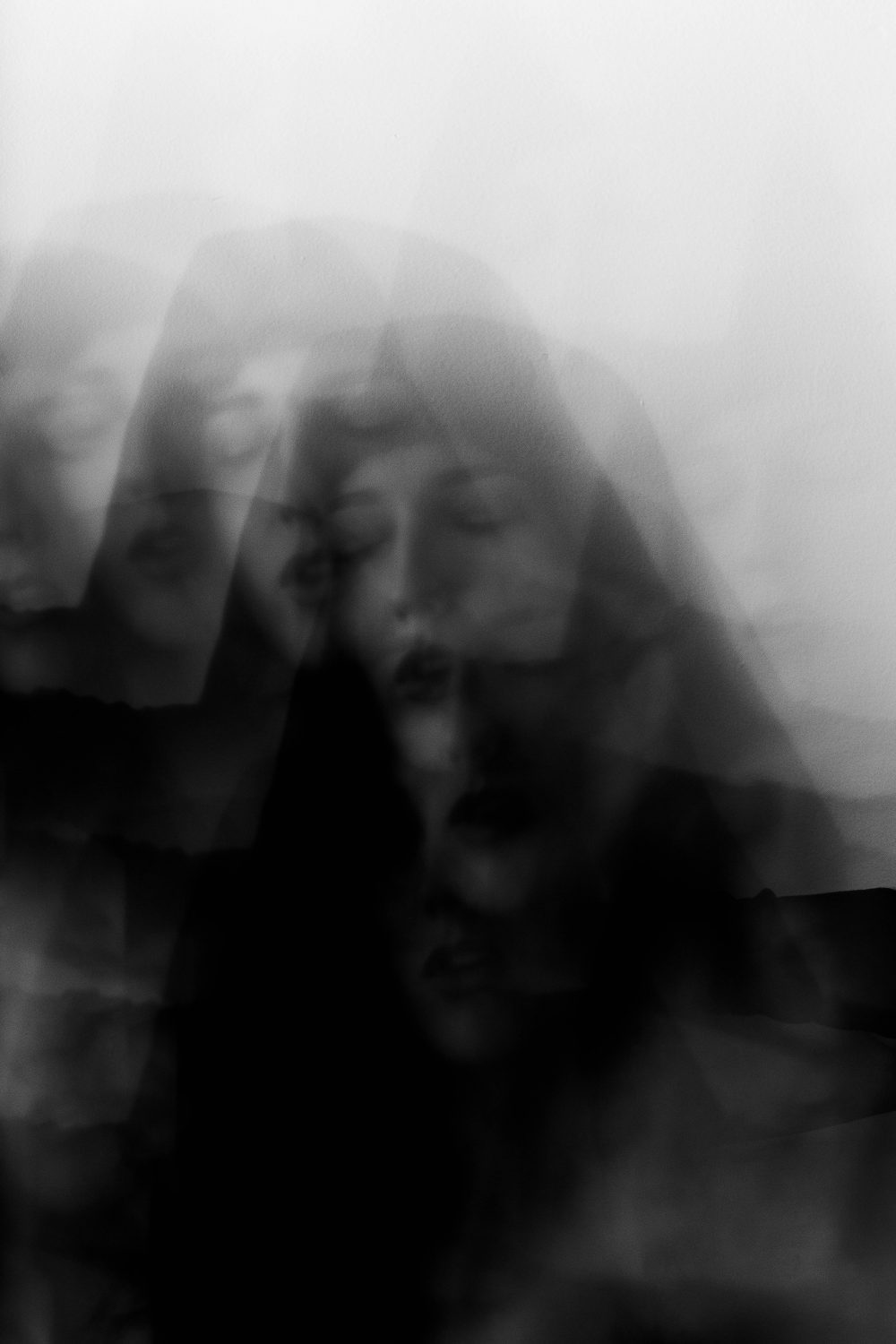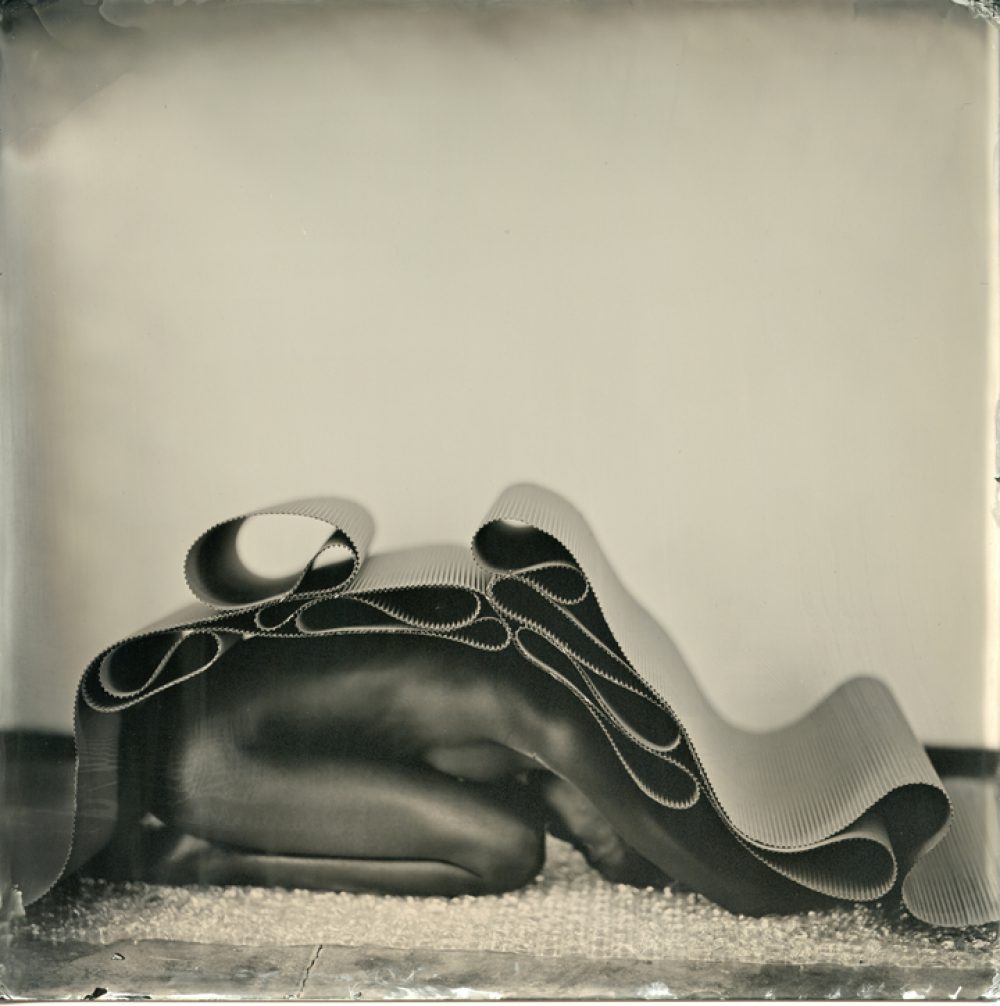The Composite Magdalene: Mary Visits the International House Hotel
Morgan Cattaneo explores the third-annual “MAGDALENA” exhibition at the International House Hotel in New Orleans and considers the saint’s complicated legacy.

Jill Sutherland, The Seven Devils. Courtesy the artist and the International House Hotel, New Orleans.
For how long has our western, patriarchal culture upheld the complex of the Madonna and the whore? Mary the Virgin—our astral, comforting, tender mother—counterbalanced by Mary Magdalene—the sensual, independent, elusive jezebel.
This month, as Christians and lackadaisical secularists celebrate the birth of Jesus Christ to a virgin mother, the International House Hotel in New Orleans celebrates the archetypal Magdalena. You know her: every man wants her, and every woman wants to be her. She’s been scoffed at; she’s been revered; she’s been slut-shamed and then forgiven—sculpted, painted, and penned about by academics and populists alike. The annual juried exhibition, “MAGDALENA,” put on in collaboration with PhotoNOLA, asks us to reimagine the famous fallen woman: “Who she was and why she was”—and, may I add, who she is today.
A madwoman, as described by Luke the Evangelist? That seems an all too easy accusation of a driven, determined woman. Possessed by seven demons said to represent each of the seven cardinal sins—lust included—Mary’s slate was wiped clean when Jesus drove the demons out. It is from this story that she earns her reputation as the original penitent prostitute. The dated idea that women somehow need to be forgiven for their sexuality connotes a larger disgust, repulsion, and direct rejection of female subjectivity. Thankfully, none of the works at the International House assert such small-minded nastiness. The Marys I saw were full of color, full of life, running the gamut of human emotion.
The exhibition provides 12 views, each conceived by a different artist, into various points along a woman’s potential lifeline. In Kathryn Oliver’s Peaches, for example, we see a domestic Mary, barefoot and holding an apron full of fruit. She offers her harvest to the viewer from inside her simple home—an homage to Eve, maybe, but Mary offers that juicier, fleshier pome. Jill Sutherland’s The Seven Devils, shows only Mary’s face—supple and sensual, lips parted in pleasure. She’s a Bettie Page type, and the soft blur of the metallic print only makes you want her more. Interestingly, it is one of the few pieces that actually contains a face.
Bursting with nods to the societal pressures of the feminine gender, the exhibit instead focuses heavily on the body. In Matthew Finley’s piece, the aptly titled She had her coffee, and her spot in the self-help aisle was free, we find the subject in a folded position, head bowed towards the ground, her body shrouded in folds of cardboard. The forlorn feeling of this fragile, penitent position resonated with me as a woman who is constantly checking herself with “sorry”s and “excuse me”s.

Matthew Finley, She had her coffee, and her spot in the self-help aisle was free. Courtesy the artist and the International House Hotel, New Orleans.
Several pieces allude to motherhood, such as Chris Belvin’s My Botany which, again, centers on a ripe, headless, female body, and Nicole Campenello’s The Fisherman’s Daughter where we see a mermaid-esque maiden standing in the sea. The idea that Mary Magdalene might represent our collective mother is a fairly modern notion, and her ability to evolve continually, avoiding ever being pinned down, is her strength. The confusion attached to her character stems largely from how quickly she moved from sinner to saint. She was the first witness of the resurrection of Christ, and, most recently in pop culture, she has reemerged as the secret wife of Jesus and the mother to his children. Christians may worship the Blessed Mary as the mother of Christ, but somewhere over the past 2000 years it has become Mary Magdalene with whom we more easily identify.
It bears mentioning that the Marys on display at the International House are overwhelmingly white. Acknowledging the plethora of roles played by women—from maiden to mother to crone—without affirming the intersectionality of gender, sexuality, race, class, and ability, only reinforces the still-present obsession with the single-faceted woman. Virgin or whore; mother or maiden; sexually desirable or grotesque; acceptable or other. It is through her iconic imagery however—layered, varied, and even contradictory—that Mary Magdalene ultimately combines the two figures, the Madonna and the Whore, within herself.
Editor's Note
“MAGDALENA” is on view through January 4, 2016, at the International House Hotel (221 Camp Street) in New Orleans.



